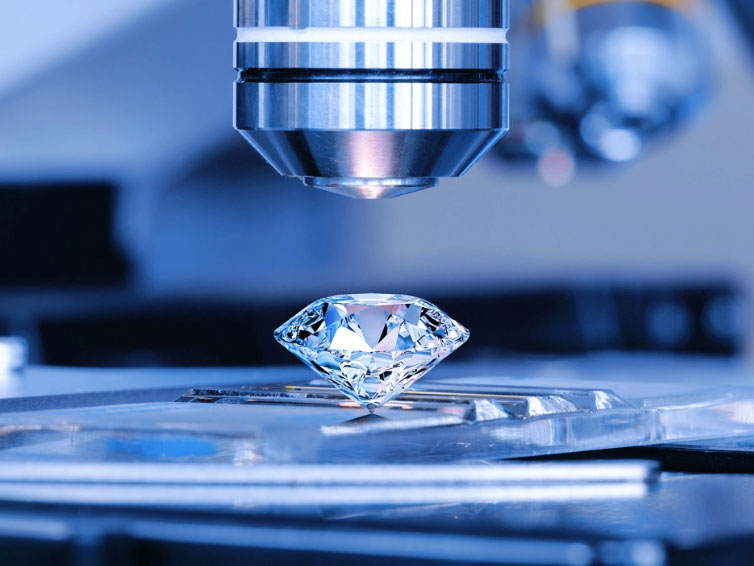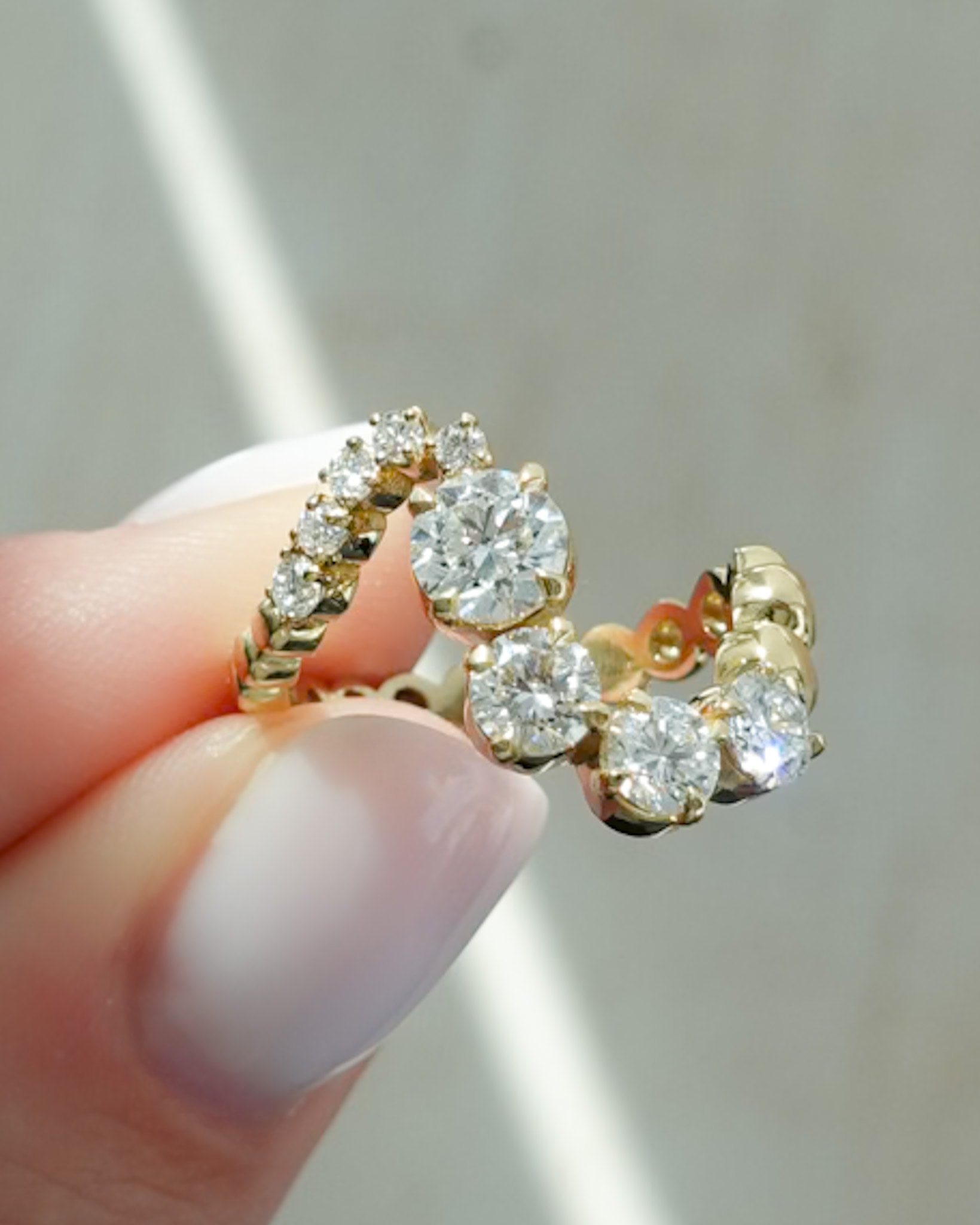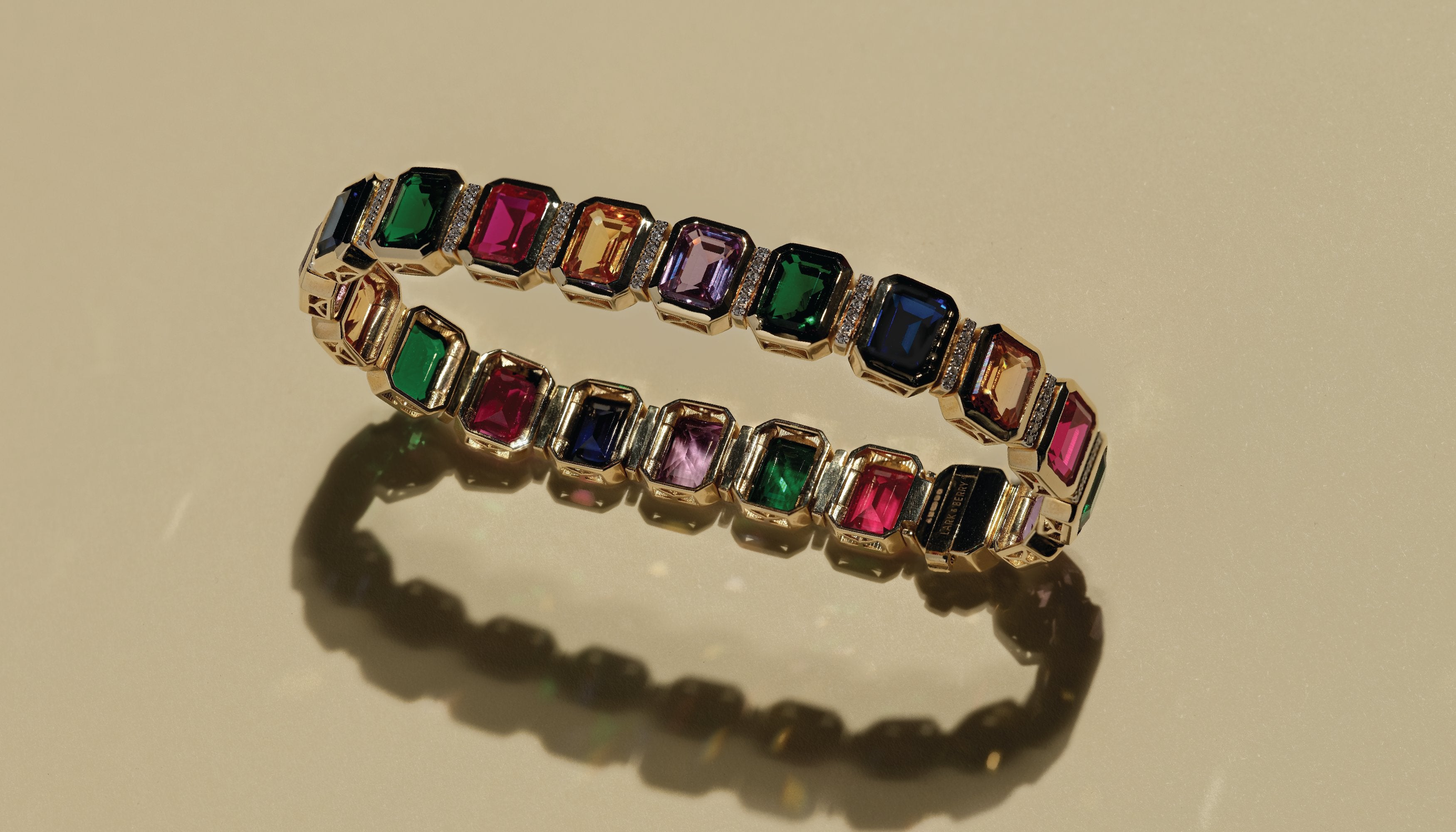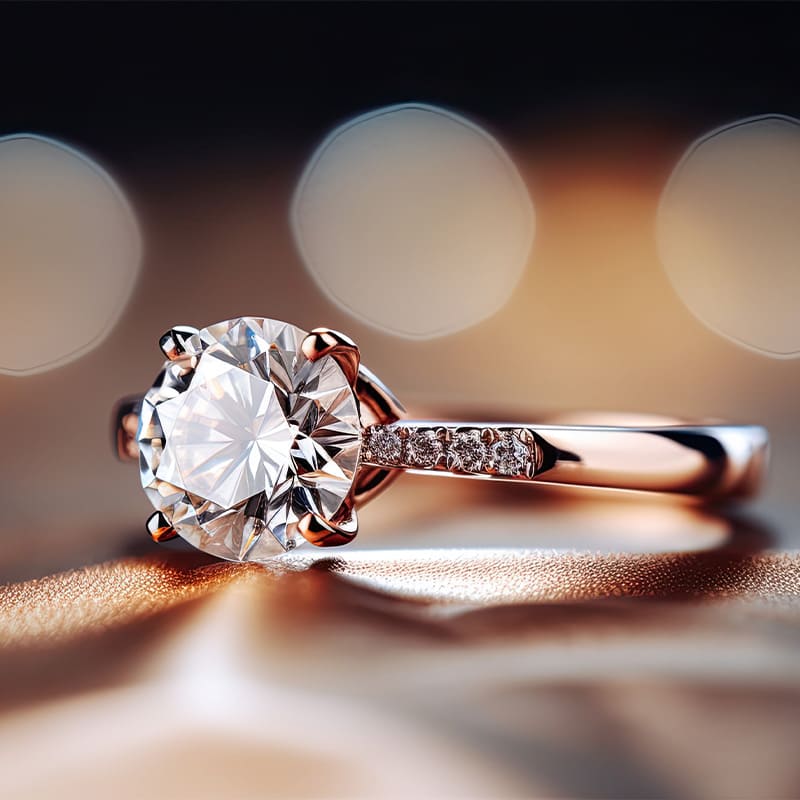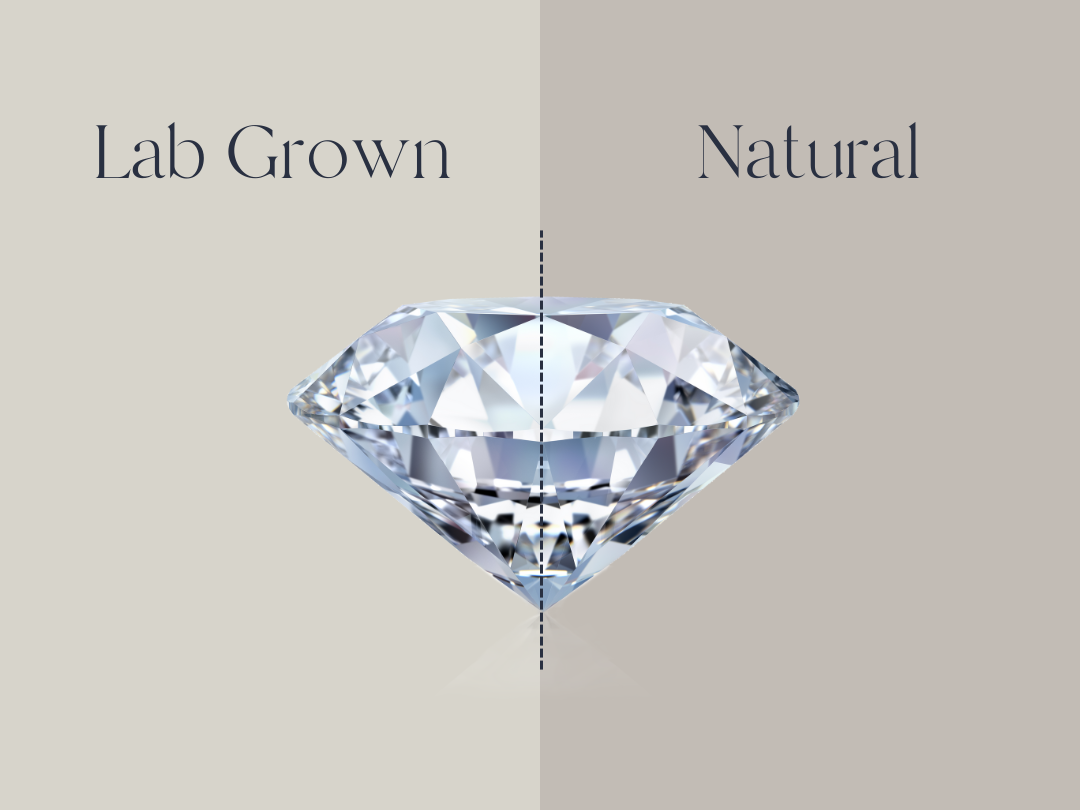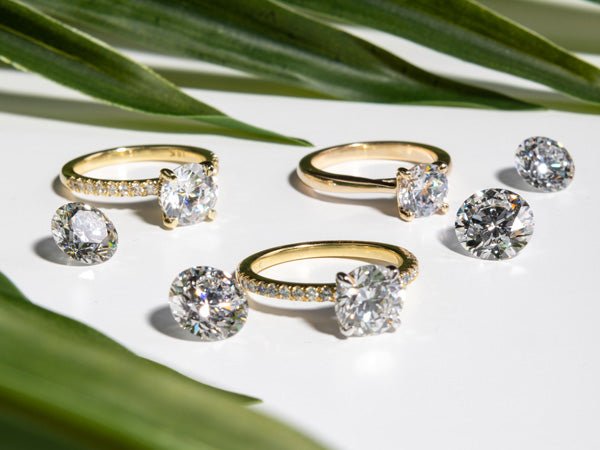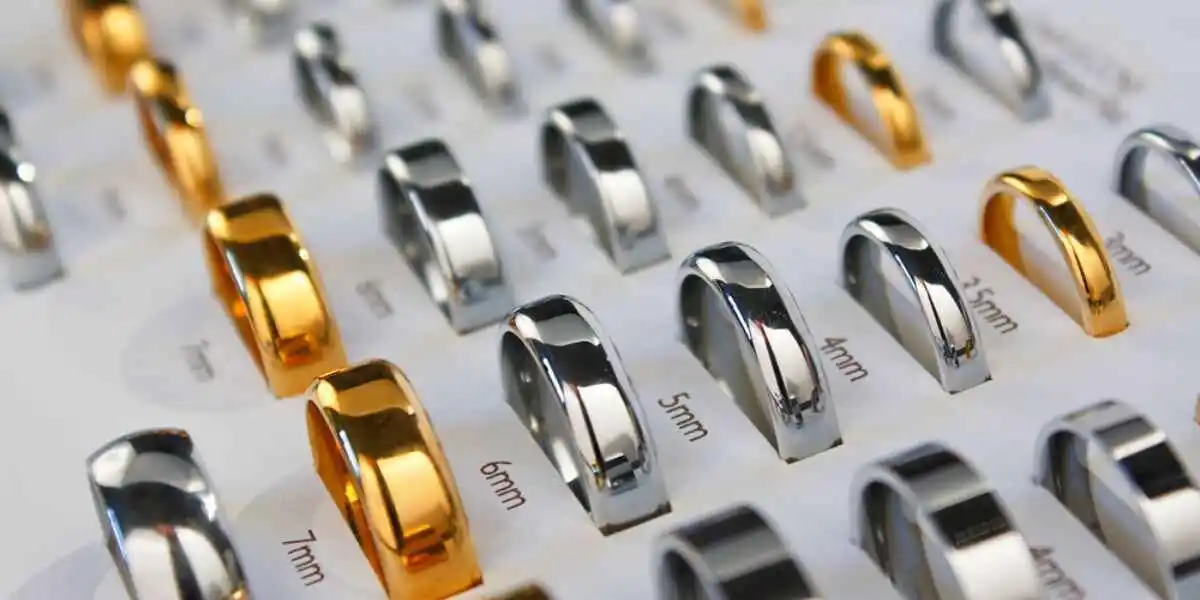In the realm of luxury, ethical considerations have increasingly become paramount. Consumers are not just seeking opulence; they demand sustainability, responsibility, and a conscience in their purchases. It is within this landscape that lab-grown diamonds emerge as a shining beacon of innovation and ethical integrity, aligning seamlessly with the conservation efforts championed by the World Wildlife Fund (WWF).
Understanding Lab Grown Diamonds
Lab-grown diamonds, also known as synthetic diamonds or cultured diamonds, are created through advanced technological processes that replicate the natural conditions under which diamonds form in the Earth’s mantle. Unlike mined diamonds, which are extracted from the Earth through mining processes often associated with environmental degradation and social conflicts, lab-grown diamonds are cultivated in controlled laboratory environments using minimal resources and with no harm to ecosystems or communities.
Environmental Benefits of Lab Grown Diamonds
One of the most significant advantages of lab-grown diamonds is their minimal environmental impact. Traditional diamond mining involves extensive land excavation, deforestation, and significant energy consumption, contributing to habitat destruction, soil erosion, and carbon emissions. In contrast, lab-grown diamonds require far fewer resources and energy, producing a fraction of the carbon footprint associated with mined diamonds. By choosing lab-grown diamonds, consumers can reduce their ecological footprint and contribute to the preservation of natural ecosystems.
Ethical Considerations
Beyond their environmental benefits lab grown diamonds and wwF also offer ethical advantages. The diamond mining industry has long been plagued by issues such as forced labor, child labor, and human rights abuses, particularly in regions where diamond extraction occurs. In contrast, the production of lab-grown diamonds is conducted in controlled laboratory settings, ensuring fair labor practices and eliminating the risk of exploitation or human rights violations. By opting for lab-grown diamonds, consumers can support ethical and transparent supply chains, promoting social responsibility and justice in the jewelry industry.
Quality and Purity
One might question the quality and authenticity of lab-grown diamonds compared to their mined counterparts. However, advancements in technology have enabled lab-grown diamonds to achieve the same exceptional quality, brilliance, and durability as natural diamonds. In fact, lab-grown diamonds often exhibit higher purity and clarity, free from the impurities and inclusions commonly found in mined diamonds. Through rigorous testing and certification processes, consumers can be assured of the authenticity and superior quality of lab-grown diamonds, making them a compelling choice for discerning buyers.
The Role of WWF in Conservation
Parallel to the rise of lab-grown diamonds, the World Wildlife Fund (WWF) stands as a global leader in wildlife conservation and environmental protection. With a mission to build a future in which humans live in harmony with nature, WWF works tirelessly to safeguard endangered species, preserve natural habitats, and combat the various threats facing our planet, from deforestation and climate change to poaching and illegal wildlife trade.
Collaborating for Conservation
The synergy between lab-grown diamonds and the WWF is evident in their shared commitment to sustainability and conservation. By promoting the adoption of lab-grown diamonds, the jewelry industry can reduce its reliance on environmentally destructive practices and contribute to the preservation of biodiversity and ecosystems. Moreover, collaborations between diamond manufacturers and organizations like WWF can further amplify the positive impact, raising awareness and funding for conservation efforts around the world.
Consumer Empowerment
Ultimately, the choice between lab-grown diamonds and mined diamonds lies in the hands of consumers. As informed and conscientious individuals, consumers have the power to drive positive change through their purchasing decisions. By opting for lab-grown diamonds certified by reputable organizations and supporting initiatives that align with their values, consumers can become catalysts for sustainability and ethical practices in the luxury market.
Conclusion: Pioneering Ethical Luxury
In conclusion, the convergence of lab created diamonds and the WWF represents a paradigm shift in the world of luxury. With their environmental benefits, ethical integrity, and uncompromising quality, lab-grown diamonds offer a glimpse into the future of sustainable luxury. By partnering with organizations like the WWF and embracing innovative solutions, the jewelry industry can pave the way for a more ethical and environmentally conscious future. Together, we can unlock the potential of ethical luxury and make a positive impact on the world for generations to come.




